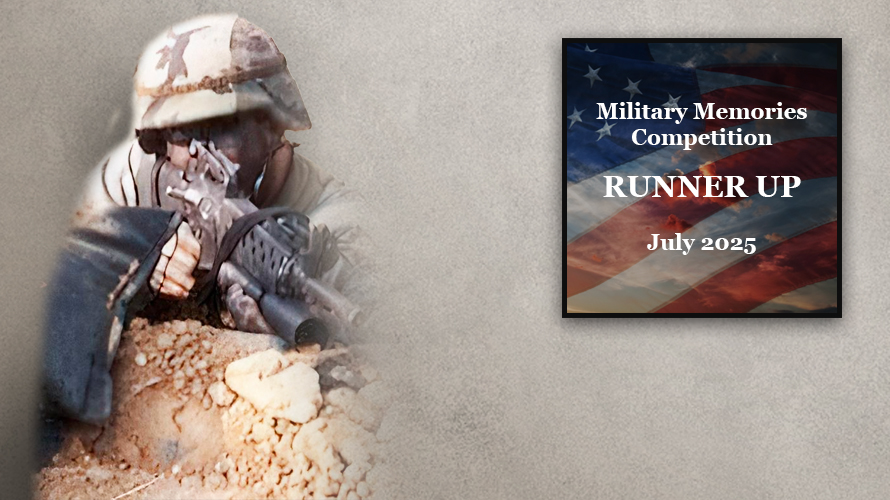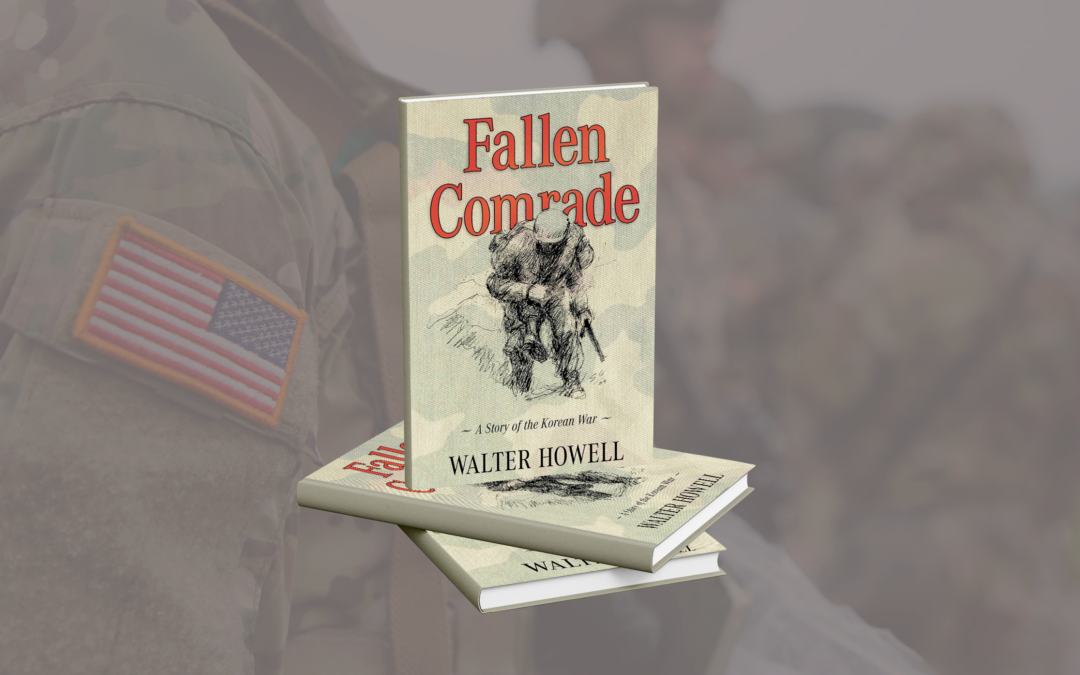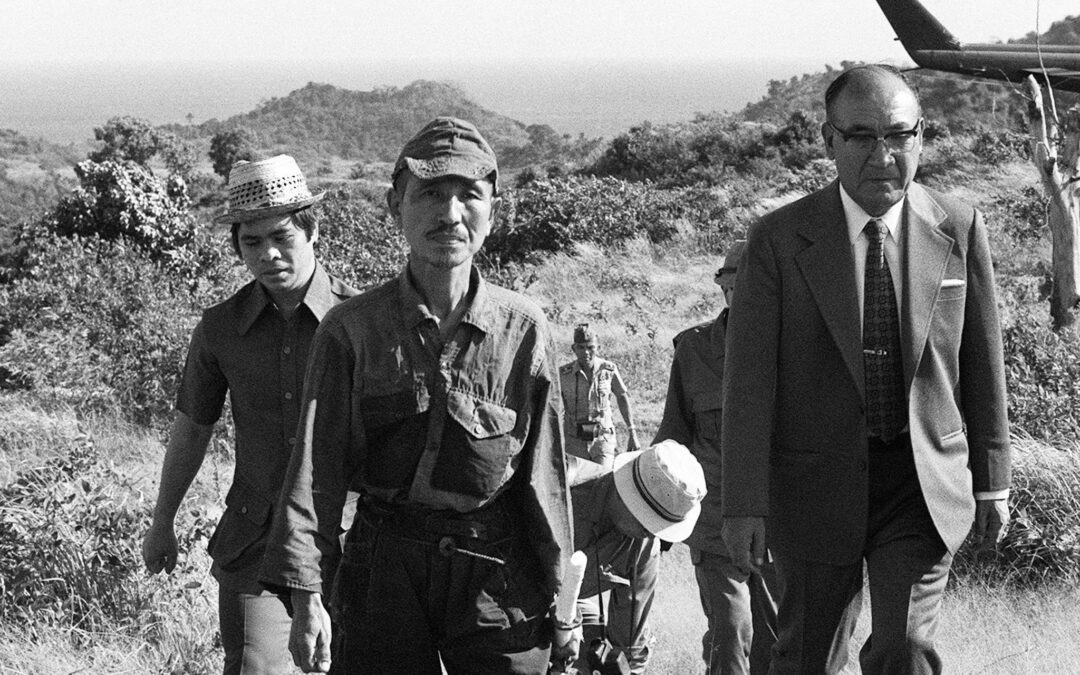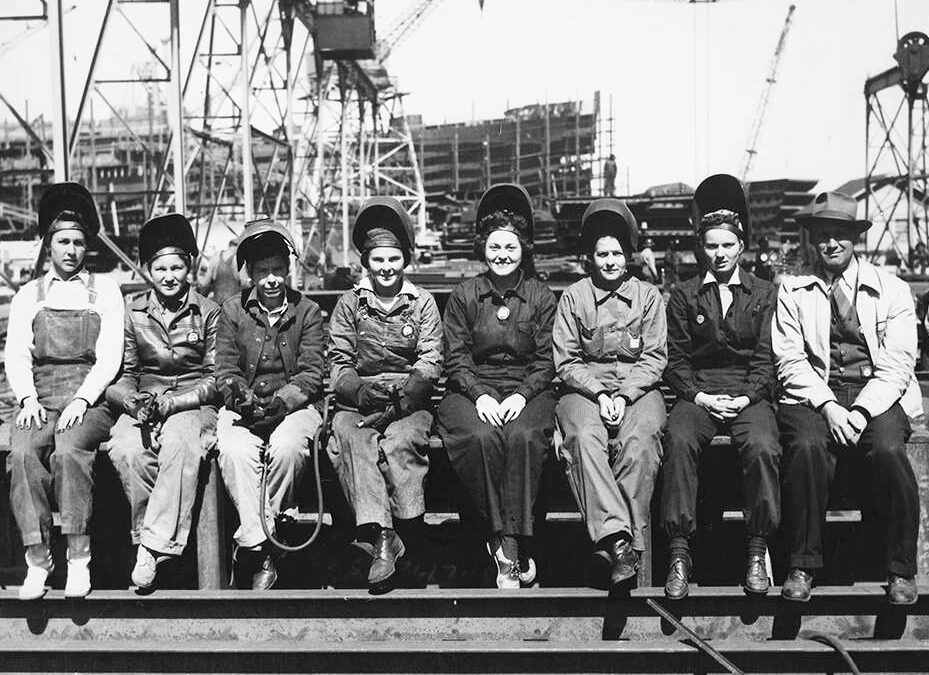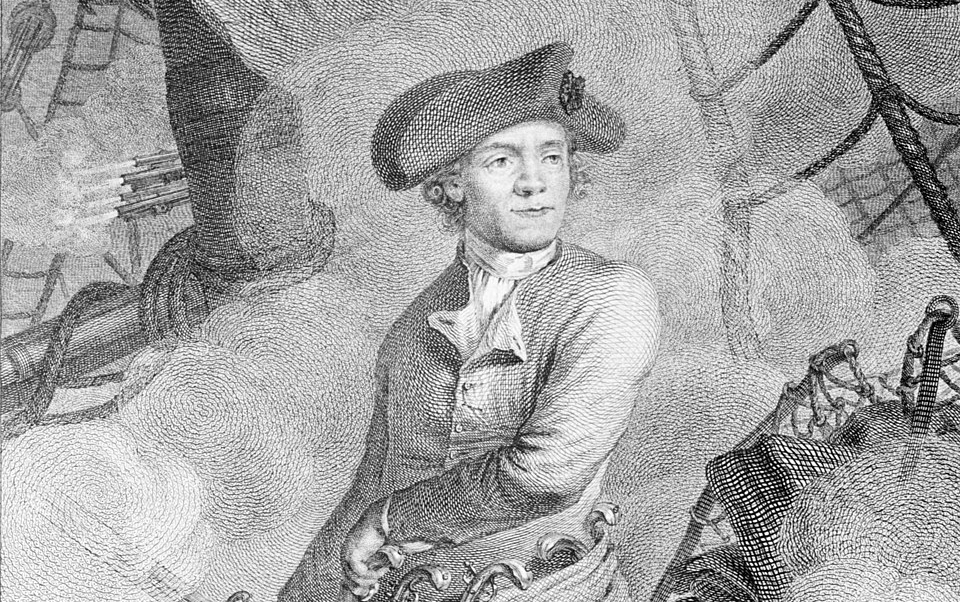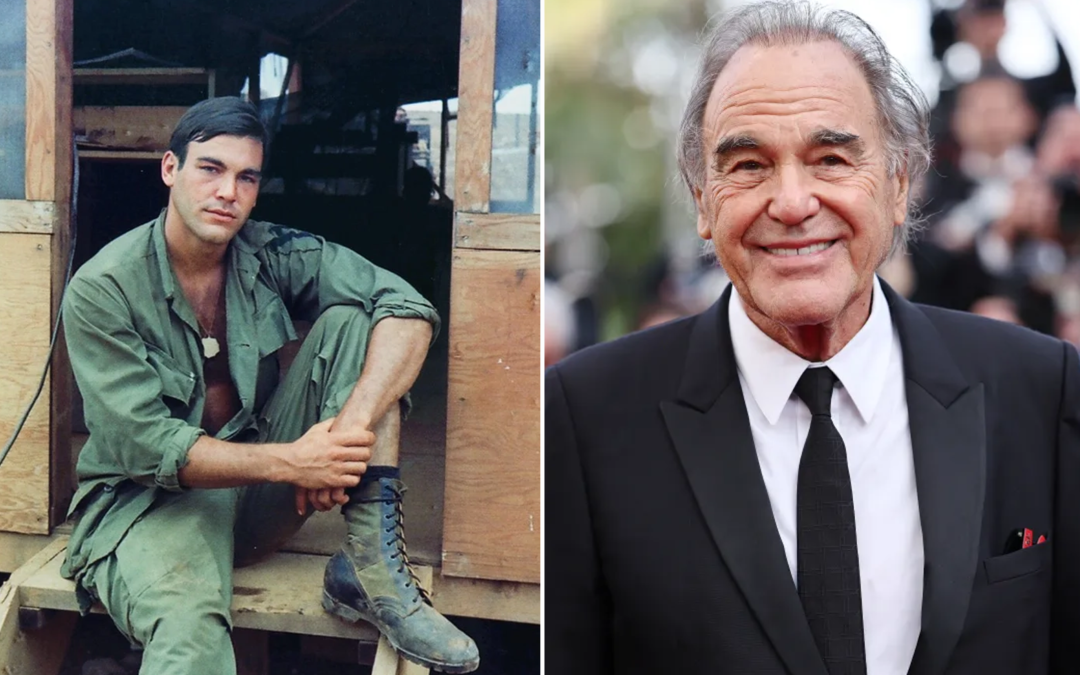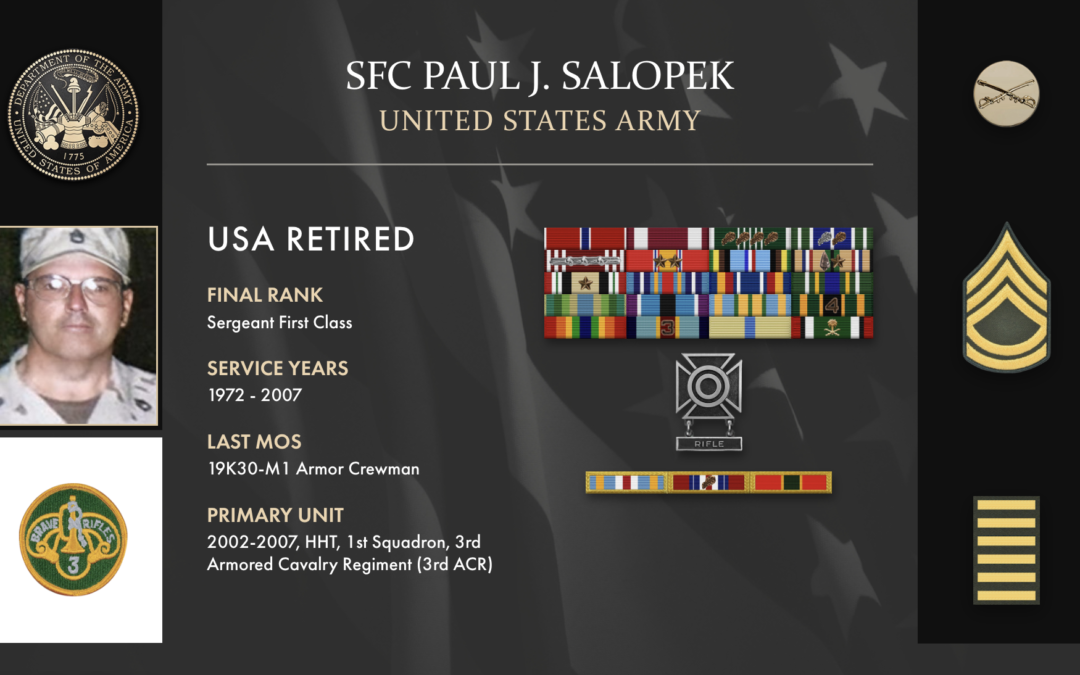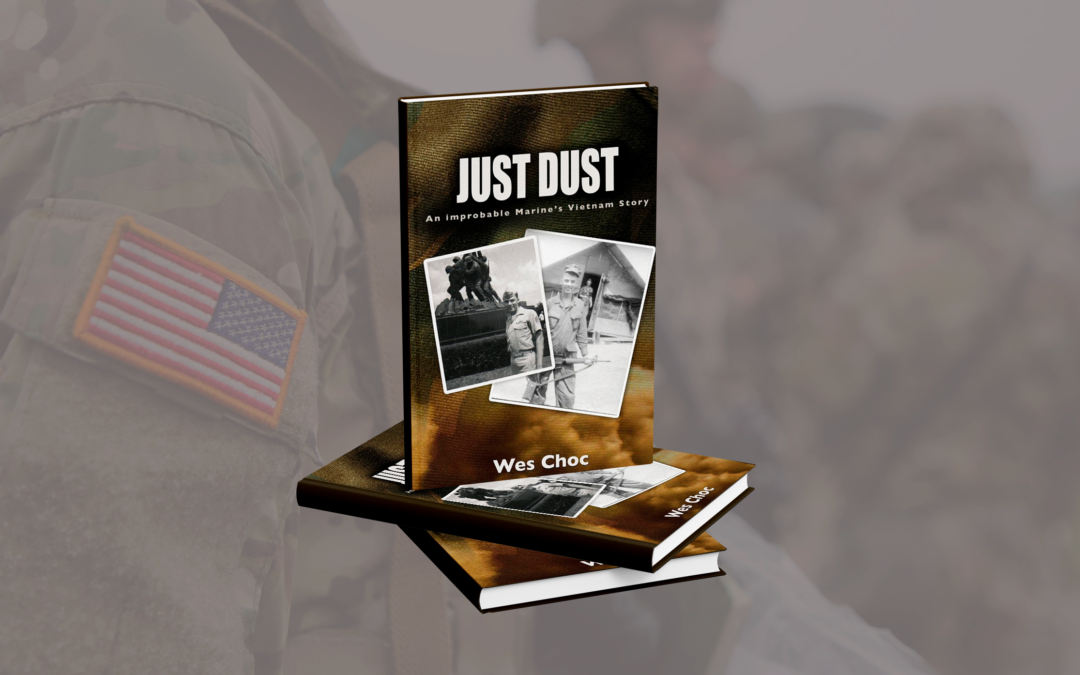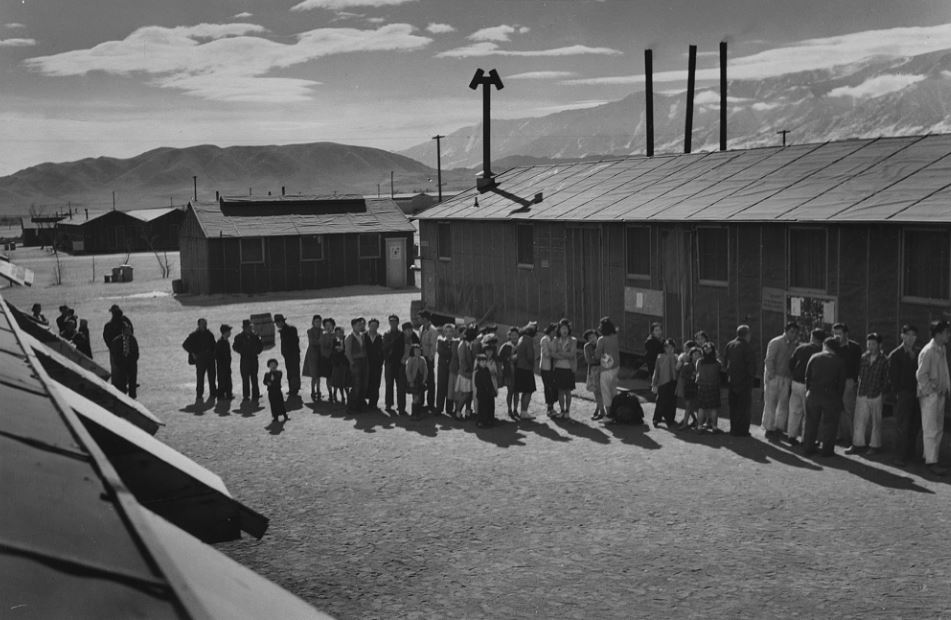Was There An Occasion, During Your Military Or Civilian Life, When Your Military Training Proved Invaluable In Overcoming A Difficult Situation?:
In August 1992, my basic training class, which was part of an OSUT unit, was sent to Fort Polk, LA. We were stationed in the old World War II barracks while waiting for our unit to return from Germany after the Gulf War. We were assigned to every type of work detail possible, from trash removal and building painting and repair to dishwashing and lawn care, every day, for several months. The first soldier who arrived at Fort Polk from our returning unit was Specialist Enke. He was one of the funniest and laziest soldiers I worked with. One day, an NCO asked for volunteers for NTC, and Specialist Enke raised his hand. I thought it was an easy detail job, so I raised my hand as well. After everyone who raised their hand was selected. Specialist Enke asked me why I volunteered for Desert Training. I said I didn’t. I volunteered for NTC. He said NTC is the National Training Center at Ft Irwin, California, which is in the Mojave Desert. My first thought was that it sounded better than all of the crap details I had been doing for several months. When we arrived at Fort Irwin, we were attached to an M109 self-propelled artillery unit, which was very beneficial for me, as in basic training, we were trained on the towed howitzers M102, M119, & M198 as we were supposed to go to the 10th Mountain Division at Ft Drum, NY, but at graduation we were advised that the 10th Mountain Division was full, so they offered us Fort Polk, LA. Our unit, which had just returned from Germany, also used the M109 howitzers, so I was excited about the opportunity to work with the M109. The E6 crew chief who selected me for his crew told me that since I was only an E2, he was going to put me on every crap detail. I told him that I would gladly work the crap details, and when I explained that while the unit I was attached to at Fort Polk was also an M109 battallion, I had only been trained on towed howitzers, and I asked if he would please teach me about the M109, when it wouldn’t interfere with his crew’s training. He was an E6 crew chief. To my amazement, he put me on every crap detail.
